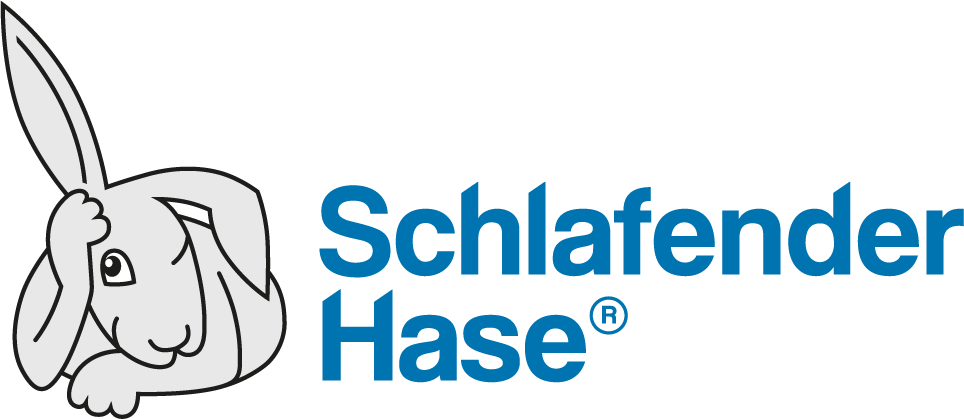Insights from the Schlafender Hase & Rote Liste Webinar with RAPS
The shift toward electronic labeling (e-labeling) and electronic Product Information (ePI) is no longer a distant future, it’s happening now. For Regulatory Affairs teams, this transformation brings both questions and opportunities. If you’re wondering what this shift means for your daily work, you’re not alone.
During our recent RAPS-hosted webinar with experts from Schlafender Hase and Rote Liste, we explored how e-labeling affects everything from submissions to collaboration and how to prepare.
What Does This Mean for Regulatory Affairs Professionals?
Many professionals are asking the same practical questions about the impact of e-labeling on their workflows. Here’s a breakdown of the most common concerns and what they really mean:
- Will I have to change how I submit and manage labeling?
Yes, structured formats like XML and FHIR change how we handle, share, and submit product information. - Will this create more work for me?
Not necessarily. As Mike Baird, Director of Product Management at Schlafender Hase, noted during the webinar,
“One of the biggest benefits of using structured content is that it becomes reusable and easier to maintain.”
- Will I need to learn new tools?
Possibly. But these tools are designed to automate time-consuming manual steps and improve accuracy. - What happens if I don’t prepare now?
Delaying can mean costly, last-minute scrambles when structured labeling becomes mandatory in your region.

How Daily Workflows Are Changing
The e-labeling transition is more than a technical update; it’s a workflow shift. Let’s look at how things used to work, and what’s changing now.
Before e-labeling:
- Multiple versions of printed labels floating between departments
- Manual updates that were time-consuming and error-prone
- Long approval cycles and repeated proofing steps
With e-labeling:
- A single structured source of truth across regions and teams
- Faster updates through modular content and automation
- Less back-and-forth between departments and reduced risk of inconsistencies
As Josephine Bergmann from Rote Liste explained:
“We want to have the same information available for different systems. That’s where FHIR can help, having one central source of information that can be distributed.”
The Top Challenges Regulatory Teams Are Facing
Of course, transitioning to e-labeling doesn’t come without its pain points. Here are the most common concerns we heard from attendees and panelists alike:
- Version control nightmares
Outdated or conflicting documents create compliance risk. Structured formats reduce this by providing one up-to-date source. - Increasing submission complexity
With regional differences in e-labeling formats (FHIR, GS1 XML, PharmaLedger ePI), global compliance is more demanding than ever. - New forms of collaboration
Structured labeling requires stronger coordination with IT, labeling, and data teams—not just Regulatory. - Unclear implementation timelines
Authorities like EMA, US FDA, and Jordan FDA are already supporting FHIR—but adoption timelines vary. - A change in how we think about labeling
We’re no longer designing for paper. ePI may appear differently depending on the user’s device, platform, or health system. - The silver linings
Structured e-labeling can actually support faster implementation of safety updates, regulatory variations, and cross-functional alignment.
As Carina Bachmann from Rote Liste put it:
“It’s about delivering the right content to the right people at the right time. That’s where structured e-labeling adds real value.”
Your e-labeling Readiness Checklist
If your organization hasn’t started preparing yet, this is your sign. Here are the key steps Regulatory, Labeling, and Quality teams should take now to get ahead:
- Understand the basics of structured e-labeling formats: XML, FHIR, ePI
- Identify which regulatory bodies in your markets are mandating or piloting structured ePI
- Start internal conversations with IT and labeling teams
- Assess your current tools—can they handle structured data?
- Build out your strategy before it becomes a fire drill
“FHIR makes content machine-readable and usable across many different platforms and applications,” Mike Baird added. “It’s not just about labeling, it’s about improving the flow of product information across the whole healthcare ecosystem.”
Final Thoughts
e-Labeling isn’t just a regulatory requirement, it’s an opportunity to modernize and future-proof your work. It may seem like a challenge at first, but with the right preparation, Regulatory Affairs teams can lead the shift to faster, smarter, and safer product information.
And the earlier you start, the smoother that shift will be.
Bonus: TVT is FHIR-Ready by Design
Looking for a tool that’s already ready for what’s next? TVT supports FHIR-based ePI out of the box. It can compare FHIR XML documents directly, no conversion or transformation needed, so you can ensure accuracy and compliance even as the industry evolves.
Get the Practical Guide Regulatory, Labeling, and Quality Teams Need to Prepare for FHIR-based ePI.
In this short video, Mike Baird, Director of Product Management breaks down how TVT works directly with FHIR XML files. Unlike other systems that require a workaround or file transformation, TVT preserves the original structure, including metadata, tags, and hierarchy, while comparing documents for accuracy.





